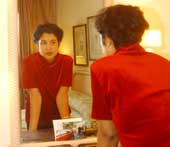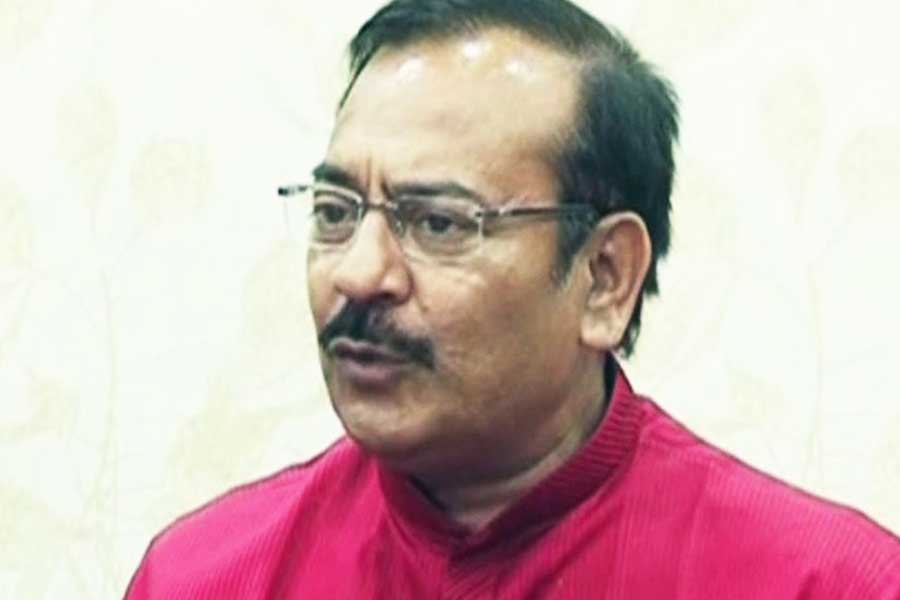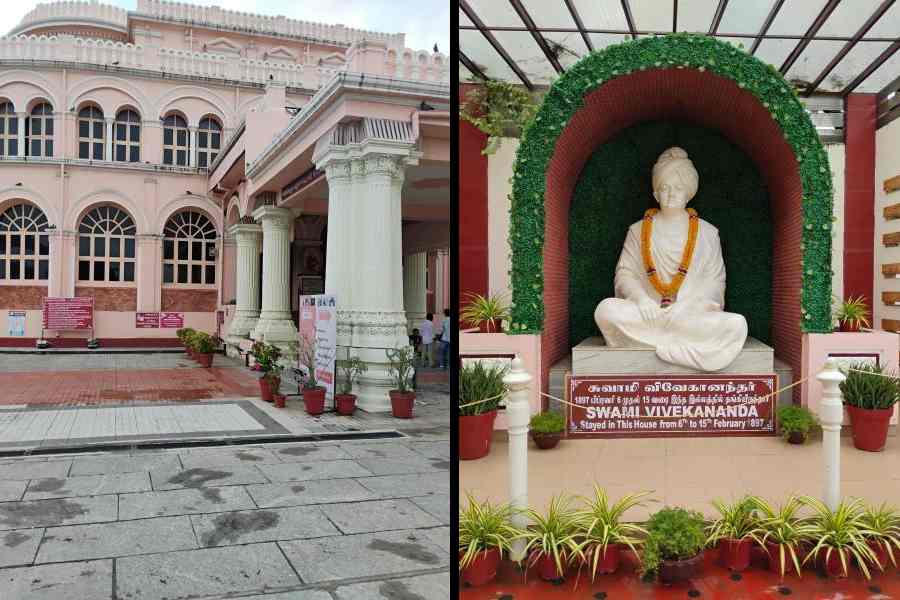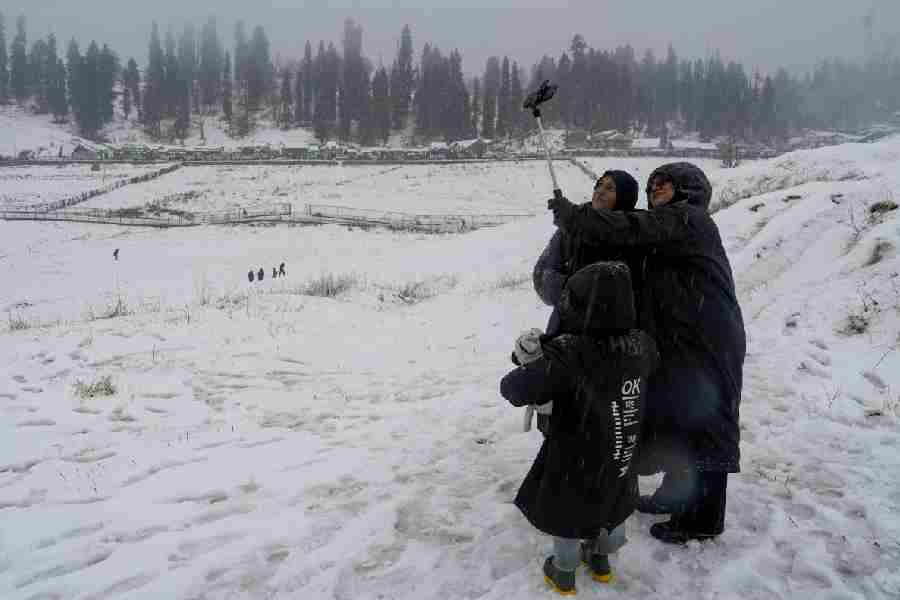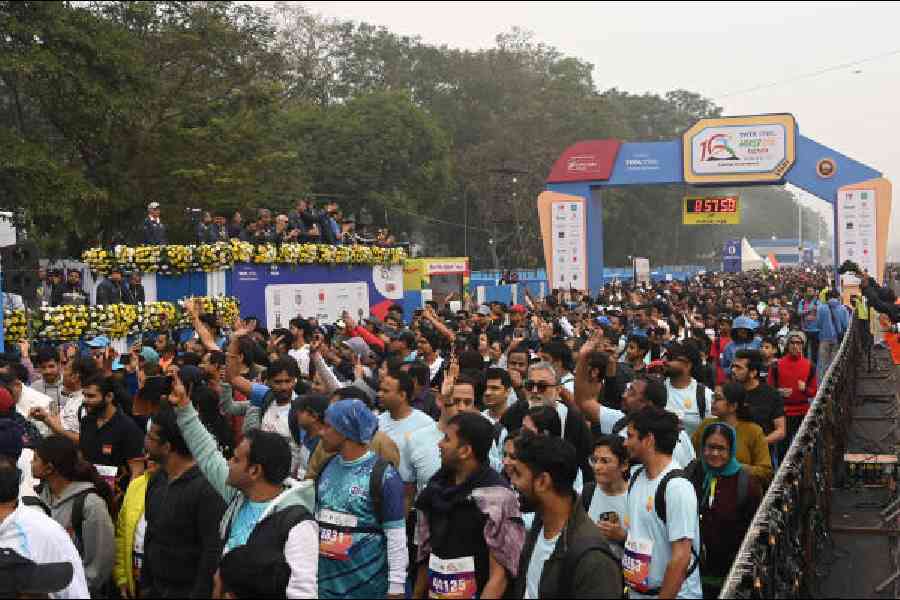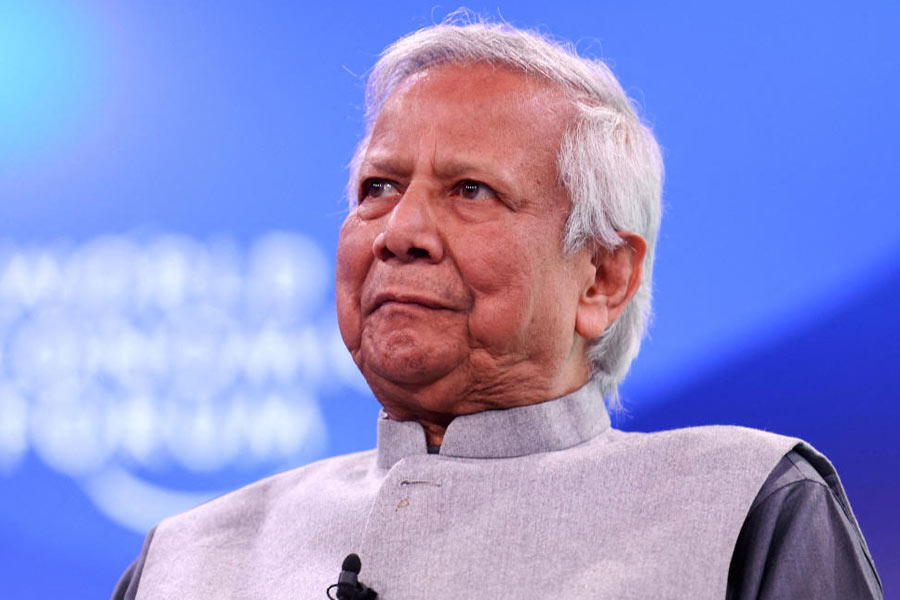|
|
Poles of recovery
When I was an undergraduate at University College, London, in the early Eighties, cultivating a life of self-imposed loneliness, I would be pursued by a man of indeterminate nationality. He could have been from Latin America; when I asked him where he came from, he replied with a snort, “Let us say…from one of the industrialized nations.” His interest in me wasn’t amorous; his intention was, curiously — once he’d found out I was from India — to humiliate me in the way I’ve just mentioned.
I think he was lonelier than I was; bearded, overcoated, his face raw with a skin disorder and his eyes framed by thick glasses, he had the air of a graduate student whose project had gone nowhere. He lighted upon me on the steps of Senate House or the Students’ Union Building, or on one of the roads outside. It was in front of the Dillon’s Bookshop that he asked me (he’d obviously discovered I was a student of English, and that I had ambitions as a writer, though I can’t recall when I divulged this information to him) a question that caused me some discomfort: “Why don’t you write in your own language?” I mumbled something in reply; I hoped he’d go away. It’s not that I didn’t have a reason: I, a Bengali, had grown up in Bombay, and, not having been taught Bengali in school, didn’t know it well enough to write poetry or fiction in it. My literary models and aspirations belonged to the English language; yet, secretly, I’d long been troubled by what my inquisitor implied: that you can’t achieve anything worthwhile in literature unless you write in your “own” language.
It becomes easier to understand my particular disquiet, the reasons for my being in England, standing outside Dillon’s, and my ambition to be a writer in the English language, by looking back to Michael Madhusudan Dutt, with whom, in India, such journeys and disquiets largely begin. I, indeed, found myself reacquainting myself with his life and, in a small way, his work, for the purposes of an anthology I was editing. He was, of course, already familiar to me as a mythological figure in my childhood, the first figure to give literary history in India, in effect, a sense of theatre; like Shakespeare’s Moor, to whom his contemporaries compared him, his life and practice form a parable of inner and actual exile, a negotiation between the “civilized” and the “barbaric”.
Dutt was born in 1824 into a well-to-do middle-class family, in a Bengal where a native bourgeoisie and intelligentsia had already come into being. Inscribed into his life is another narrative, to do with the secular, middle-class Indian self’s struggle between disowning and recovering its — for the want of a better word — “Indianness”, a struggle that, as I was compiling material for the anthology, I found was a paradigm around which a substantial part of “modern” Indian literature and culture was structured.
Dutt studied at the Bishop’s College and the Hindu College in Calcutta, where, not long before, the Anglo-Portuguese poet, Henry Louis Vivian Derozio, had taught. By the time Dutt arrived there, the major articulations of modernity by Indians, in the spheres of religious and social reform, were already marked by conflicting currents of disowning and recovery. Raja Rammohun Roy had founded the reformist sect, the Brahmo Samaj, in 1828; it constituted, after Roy’s contact with the culture and religion of the British colonizer (and owing not a little to the Islamic culture of the past), a rejection, or disowning, of the polytheistic, idolatrous aspects of Hinduism. But instead of completing this act of disowning, and converting to Christianity, Roy transformed it into an act of recovery by turning back to the Upanishads, and enlisting the nameless monotheistic deity in their passages as the foundation for a transcendental protestantism.
The figure of Michael Madhusudan Dutt belongs to this context — of Roy, of the intermittently comic, but nevertheless seminal, radicalism of Young Bengal, of the breaking of dietary and religious taboos, of social reform. In his personal and creative life, we see, again, the related impulses towards, on the one hand, the disowning of tradition, and its recovery as a creative constituent of the secular self on the other. Crucially, however, he translates the public acts of disowning and recovery that, so far, marked the spheres of religious debate and social reform, into the personal sphere of art. In a sense, almost, he suddenly, and unprecedentedly, gifts the Bengali a relationship between identity, rebellion, creativity, and the subconscious.
Dutt began his creative endeavour by writing poetry in the English language, and completed a substantial work, The Captive Ladie; his ambition was to be a canonical “English” poet. When still a student, he converted to Christianity; this was his first great act of disowning. Whether he converted in reaction to the Hinduism he, like many of his generation, had come to feel impatient with, or in his desire to become more completely “English” (and further his career as an “English” poet), or in defiance of his father, is not known. At any rate, he hardly seems to have led a conventional “Christian” life. If Dutt disowned his father and his religion, his father, in turn, disowned him, quite literally. The Oedipal conflict between father and son may not necessarily be the most productive way of looking at Indian culture, but it would certainly seem to play a part in shaping Dutt’s life; it would appear modernity entered Bengali culture and poetry, via Dutt, not by a slaying of the colonizer, but of the father.
Around the late 1850s, after the long process of disowning, began the process of recovery, the reappropriation, by Dutt, of the Bengali language and culture, culminating in his epic poem, Meghnad Badha Kabya. Now, rejecting the language in which he had invested his literary ambitions, he turned to his mother-tongue, not yet quite a respectable language for the middle class. Already, before embarking on the epic, he had written the long Bengali poem, Tilottama Sambhava; in a long, vivid letter written in English, on May 15, 1860, he had confessed to his friend, Raj Narain: “I am going on with Meghnad by fits and starts. Perhaps the poem will be finished by the end of the year.” Then, in some flippant sentences, he delineated the nature of the recovery he was undertaking: “I am glad you like the opening lines. I must tell you, my dear fellow, that though, as a jolly Christian youth, I don’t care a pin’s head for Hinduism, I love the grand mythology of our ancestors. It is full of poetry.” This is followed by an exclamation both excited and desperate, an almost maritime, Raleigh-like view of literary possibility: “What a vast field does our country now present for literary enterprise! I wish to God, I had time.” The word “enterprise” is both striking and estranging; it reminds us, at once, of the material contexts, in a Bengal of middlemen, of Dutt’s epic inversion; and of the fact that the literary pioneer is part visionary and part adventurer.
Dutt’s comic but grandiose remarks about not caring “a pin’s head for Hinduism”, but loving, all the same, “the grand mythology of [his] ancestors” for its poetry contain a serious and, till then, unexpressed truth. For Dutt speaks not so much as a “jolly Christian youth” as a very early vehicle for what we now rather vaguely call the “secular” Indian sensibility, to which the rejection of indigenous culture and religion, relegating them to the realm of superstition and irrationality, would be an important act on the one hand; as would, on the other, its recovery of that very culture as a life-giving, if perennially problematic, part of itself. Roughly after Dutt’s casual exhortations, the gods and goddesses would begin to appear not as deities, as they would to a devotee, but as actors upon the stage of the “secular” consciousness, to which their meaning and power would no longer be orthodoxly religious, but nevertheless profound. It was a form of “darshan”; but the passive and grateful devotion of the worshipper had been transformed into the slightly adversarial gaze of the romantic visionary.
Disowning and recovery are, indeed, written into the very composition of Meghnad Badha Kabya: Dutt’s rejection of English in favour of Bengali for the purposes of writing his epic was itself an immensely significant, almost an exhibitionistic, act of recovery. They are inscribed, too, into the subject matter and Dutt’s treatment of it; Dutt’s epic reworks an episode from the Hindu epic, the Ramayana (which he’d heard from his mother as a child), except that, as we know, Dutt made the son of Ravana, the hero Rama’s traditional adversary, the tragic protagonist of his poem. Dutt used the Miltonic inversion of Paradise Lost to make the transition from the certainties of a religious epic, and religion itself, to the ambivalences of a “secular” work; “I hate Rama and all his rabble,” said Dutt in another of his letters, speaking with the voice of an India that would find imaginative sustenance in its epics and religious texts while never literally engaging with their sacredness; literature, with Dutt, and for the sort of modernism he ushers in, doesn’t quite become a substitute for religion, as it was for Arnold; it becomes, in its relationship with religion, a process of self-division, of qualified wonder, of aesthetic joy and a not-quite-rational anger and fear, of immersion and distancing, of open-armed welcoming and angry refutation. All these registers are audible in Dutt’s meditations, in his letters, upon his “enterprise”.

